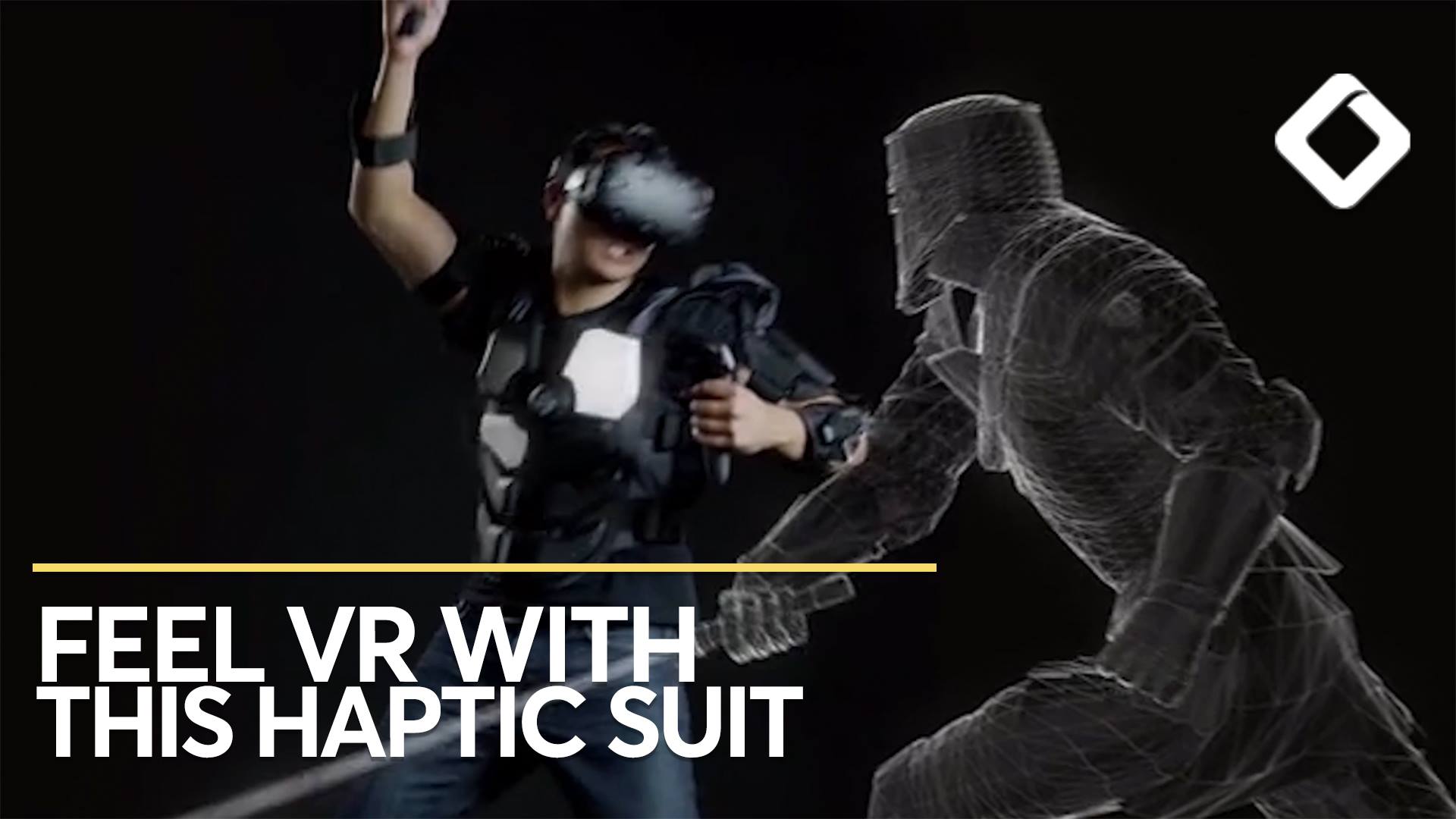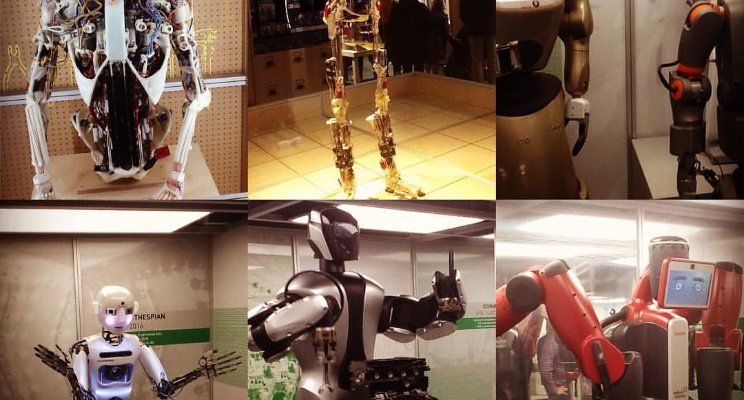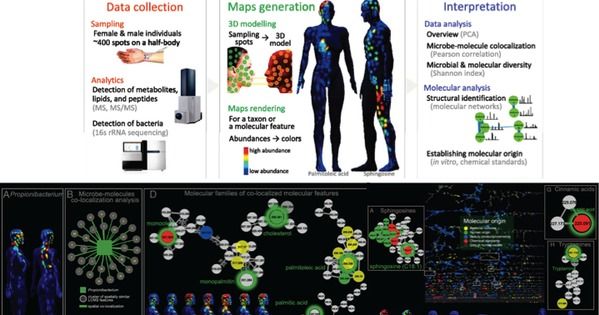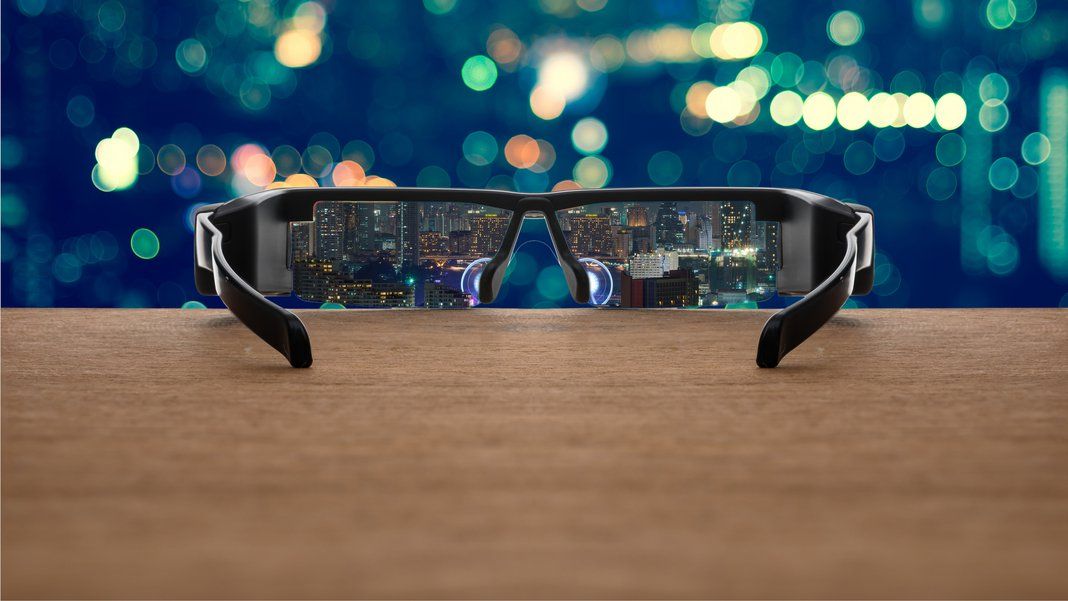“With the VR Ad Service, advertisers only pay for an ad after a user has seen it.”


“With the VR Ad Service, advertisers only pay for an ad after a user has seen it.”


“VR was everywhere at the Austin festival.”

““I see a much larger opportunity for collaboration, not just between the universities, but between the universities and the industry.””

“While most people focus on the compute and graphics requirements for virtual reality, storage is the bigger problem going forward.”

In the next few years Space X and Virgin Galactic will be sending tourists into orbit and during a brainstorming session for last years SpaceApps Challenge we brainstormed some possible applications for Space Robots.
Last night on the International Space Station Astronaut Thomas Pesquet showed the SPHERES robots testing software that will be used to clean up space junk. Smaller versions of these robots could be developed with multiple ports for a Go Pro Camera linked to a SmartWatch app for Space Selfies or for a Virtual Reality 360 degree recording for the Tourists of their trip. Having wireframed for the Samsung Gear Watch App to be used on the International Space Station and with the advances in technology its easy to see how Siri/ Cortana/ Alexa could be incorporated into a SPHERE type Astromechanical robot to advise of Comms, Timetable scheduling and the other apps that are required for day to day use on the International Space Station. Fun applications that we came up with for the Space Apps challenge was a version of Space- Quidditch and Jedi Training for a SPHERE robot fitted with mini propulsion tanks.
The Annual SpaceApps Challenge is a great way of streching your tech skills and learning new ones. If you would like to host a SpaceApps event the deadline is today:

Ugly Lies The Bone, US writer Lindsey Ferrentino’s debut at London’s National Theatre, is more than just a survivor story. It’s a visually arresting meditation on virtual reality exposure therapy.
The therapy was first trialled in 1997 by Albert Carlin and Hunter Hoffman at the University of Washington Human Interface Lab in Seattle. The pair designed a virtual reality environment, Spiderworld, which enabled a phobic individual to safely encounter and interact with the object of their irrational fear – in this case, a 3D-rendered arachnid. After 12 sessions, the subject’s symptoms seemed to.
To continue reading this premium article, register or login for free for unlimited access. Existing users, please log in.


On 10 February 2017, the London-based charity Cancer Research UK announced that a team of molecular biologists, astronomers and game designers would receive up to £20 million (US$25 million) over the next five years to develop its interactive virtual-reality map of breast cancers. Currently there are animations for tumor that allow virtual flew throughs. However, they are mock-up. The real models will include data on the expression of thousands of genes and dozens of proteins in each cell of a tumor. The hope is that this spatial and functional detail could reveal more about the factors that influence a tumor’s response to treatment.
The project is just one of a string that aims to build a new generation of cell atlases: maps of organs or tumors that describe location and make-up of each cell in painstaking detail.
Cancer Research UK awarded another team up to £16 million to make a similar tumor map that will focus on metabolites and proteins. Later this year, the US National Institute of Mental Health will announce the winners of grants to map mouse brains in extraordinary molecular detail. And on 23–24 February, researchers will gather at Stanford University in California to continue planning the Human Cell Atlas, an as-yet-unfunded effort to map every cell in the human body.

Never before have businesses been able to build billion-dollar valuations in so little time. Never before have incumbent enterprises been able to go out of business so quickly. Disruption is now commonplace, and augmented reality (AR) is emerging as yet another avenue to turn industries on their heads. But what direction will this new technology take?
AR overlays digital information on the physical world using a smartphone (think Pokémon Go) or a headset. In its simplest form, AR is simply a rectangular display floating in front of the eyes, à la Google Glass. More advanced forms will drop video game characters or useful information seamlessly onto physical objects, from homes to industrial warehouses.

While virtual reality is moving into a more commercial phase, AR is a little earlier in its development. But AR’s potential practical applications are significant. So, what’s in store for AR in the coming years?